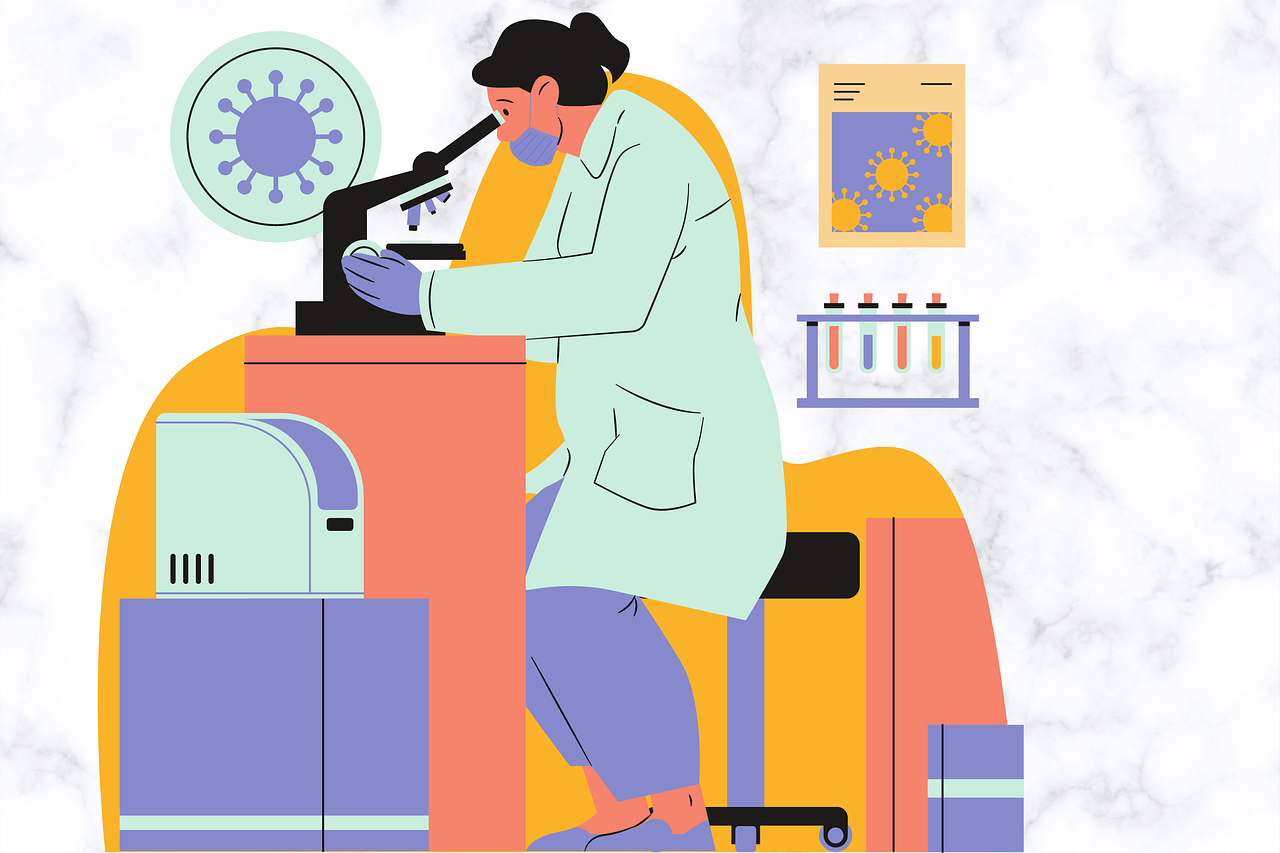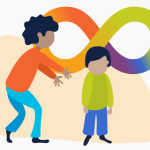Study Shows Smartphone App Can Identify Autism Symptoms in Toddlers
 A digital app successfully detected one of the telltale characteristics of autism in young children, suggesting the technology could one day become an inexpensive and scalable early screening tool, researchers at Duke University report.
A digital app successfully detected one of the telltale characteristics of autism in young children, suggesting the technology could one day become an inexpensive and scalable early screening tool, researchers at Duke University report.
The research team created the app to assess the eye gaze patterns of children while they watched short, strategically designed movies on an iPhone or iPad, then applied computer vision and machine learning to determine whether the child was looking more often at the human in the video, or objects.
“We know that babies who have autism pay attention to the environment differently and are not paying as much attention to people,” said Geraldine Dawson, Ph.D., director of the Duke Center for Autism and Brain Development, and co-senior author of a study appearing online April 26 in JAMA Pediatrics. Read the paper at this link.
“We can track eye gaze patterns in toddlers to assess risk for autism,” Dawson said. “This is the first time that we’ve been able to provide this type of assessment using only a smart phone or tablet. This study served as a proof-of-concept, and we’re very encouraged.”
One movie, for example, shows a cheerful woman playing with a top. She dominates one side of the screen while the top she is spinning is on the other side. Toddlers without autism scanned the entire screen throughout the video, focusing more often on the woman. Toddlers who were later diagnosed with autism, however, more often focused on the side of the screen with the toy. Another movie was similarly designed and showed a man blowing bubbles. Differences in eye gaze patterns for toddlers with autism were observed across several movies in the app.
Eye-tracking has been used previously to assess gaze patterns in people with autism, however, this has required special equipment and expertise to analyze the gaze patterns. This app, which takes less than 10 minutes to administer and uses the front-facing camera to record the child’s behavior, only requires an iPhone or iPad, making it readily accessible to primary care clinics and usable in home settings.
To test the device, the researchers included 993 toddlers ages 16-38 months; the average age was 21 months, which is when autism spectrum disorder (ASD) is often identified. Forty of the toddlers were diagnosed with ASD using gold-standard diagnostic methods.
Dawson said ongoing validation studies are underway. Additional studies with infants as young as 6 months are investigating whether the app-based assessment could identify differences in children who are later diagnosed with autism and neurodevelopmental disorders during the first year of life.
“We hope that this technology will eventually provide greater access to autism screening, which is an essential first step to intervention. Our long-term goal is to have a well-validated, easy-to-use app that providers and caregivers can download and use, either in a regular clinic or home setting,” Dawson said. “We have additional steps to go, but this study suggests it might one day be possible.”
Excerpted from “Study Shows Smartphone App Can Identify Autism Symptoms in Toddlers” from Duke Health. Read the full release online.
Source: Duke Health | Study Shows Smartphone App Can Identify Autism Symptoms in Toddlers, https://corporate.dukehealth.org/news/study-shows-smartphone-app-can-identify-autism-symptoms-toddlers | Copyright © 2021 Duke University Health System
If you have concerns about your child, CHC Care Managers can arrange a free 30-minute consultation so you can explore options with an expert. We invite you to call or email our Care Managers at 650.688.3625 or careteam@chconline.org to set up an initial Parent Consultation appointment. CHC teletherapy services are available now.





